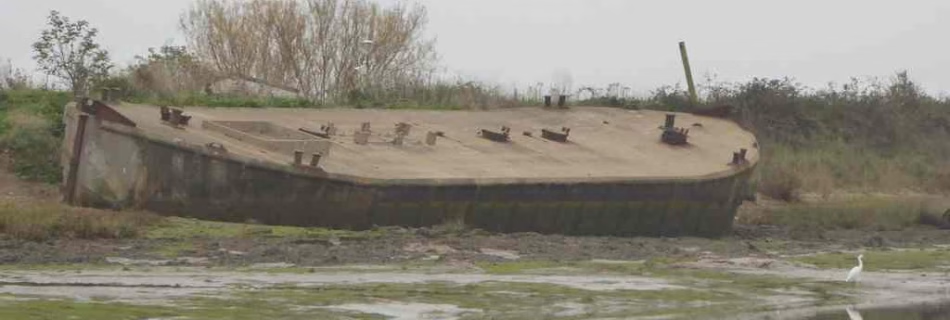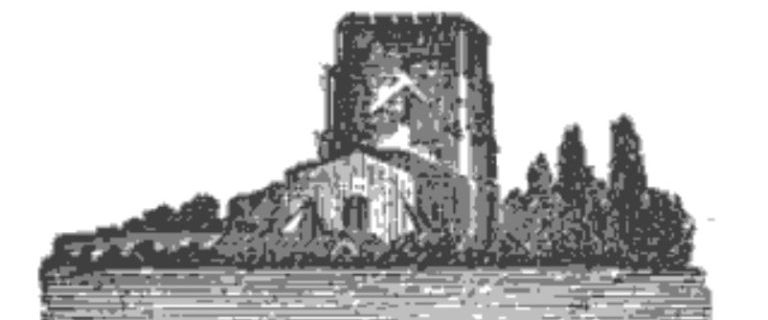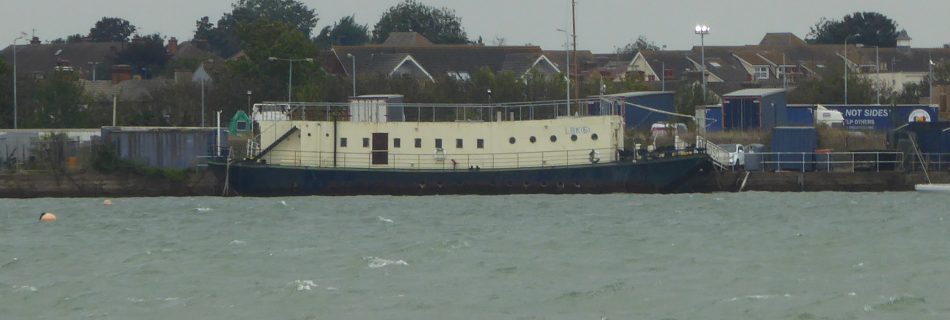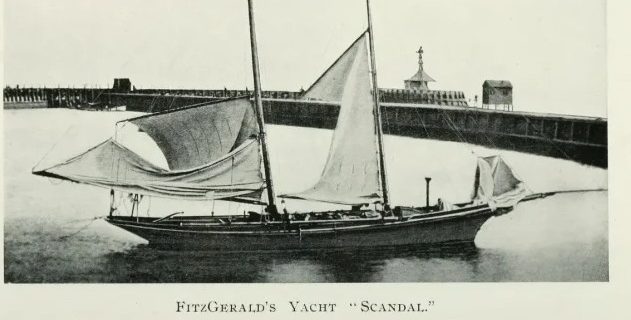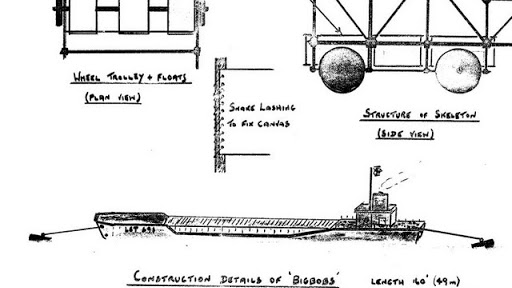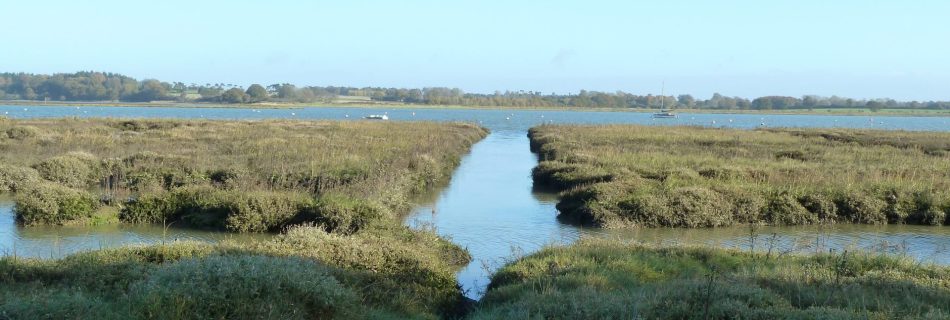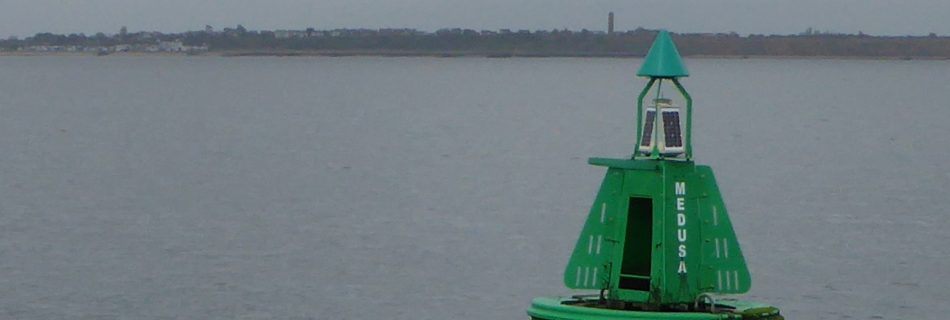Cutler and Redbeard Sands
Nowadays we are familiar with Cutler Sand as a 2m shoal about one and a half miles off Bawdsey Cliff, but few have heard of Redbeard. There was a Cutler or Curtiller ship-owning family in the Bawdsey area from the twelfth century, so this is probably the origin of the name of the Cutler Sand. …


